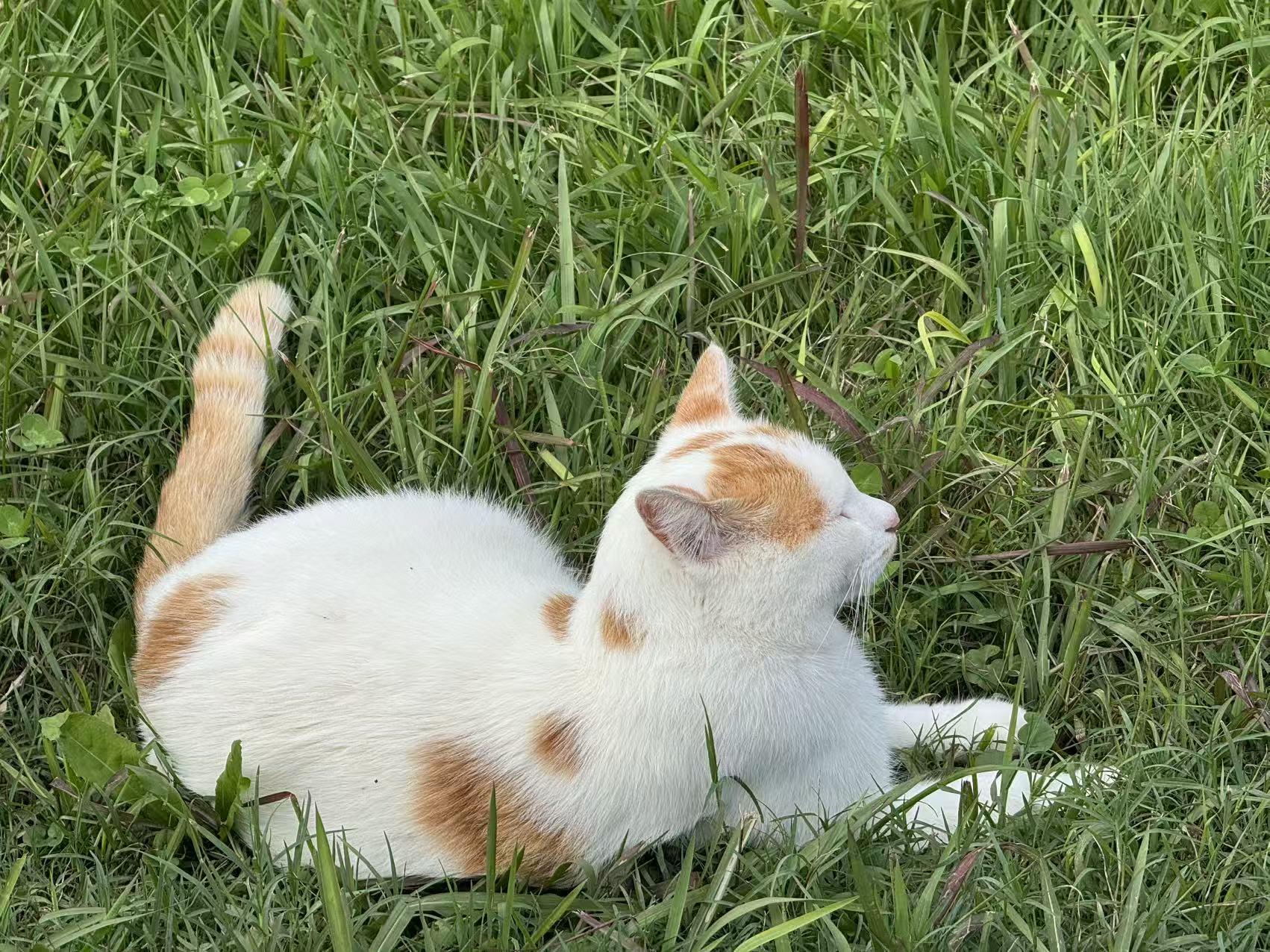البحث
الأقسام
- Art
- Causes
- Crafts
- Dance
- Drinks
- Film
- Fitness
- Food
- الألعاب
- Gardening
- Health
- الرئيسية
- Literature
- Music
- Networking
- أخرى
- Party
- Religion
- Shopping
- Sports
- Theater
- Wellness
إقرأ المزيد
Regional Analysis of the Metal Plating and Finishing Market: Asia-Pacific, North America, Europe
The metal plating and finishing market is highly competitive, with major players...
ทำความรู้จัก RELX บุหรี่ไฟฟ้า รุ่นใหม่ คุณภาพดี ราคาคุ้มค่า
ในปัจจุบัน บุหรี่ไฟฟ้า relx ได้รับความนิยมอย่างกว้างขวางในประเทศไทย...
Sacai x Nike價錢攻略——VaporWaffle穿搭聖經
當解構主義遇上經典運動鞋,sacai x nike 聯名系列便誕生了讓鞋頭瘋狂的藝術品!從初代雙鞋舌設計轟動潮流圈,到最新sacai vapor...
BALENCIAGA台灣專櫃人氣推薦|巴黎世家老爹鞋與短夾全指南
BALENCIAGA台灣專櫃人氣推薦|巴黎世家老爹鞋、短夾與精品配件選購指南...
The quantum is not a cat that is both dead and alive (6)
References
Schrödinger, E. (1935). Die gegenwärtige Situation in der...


